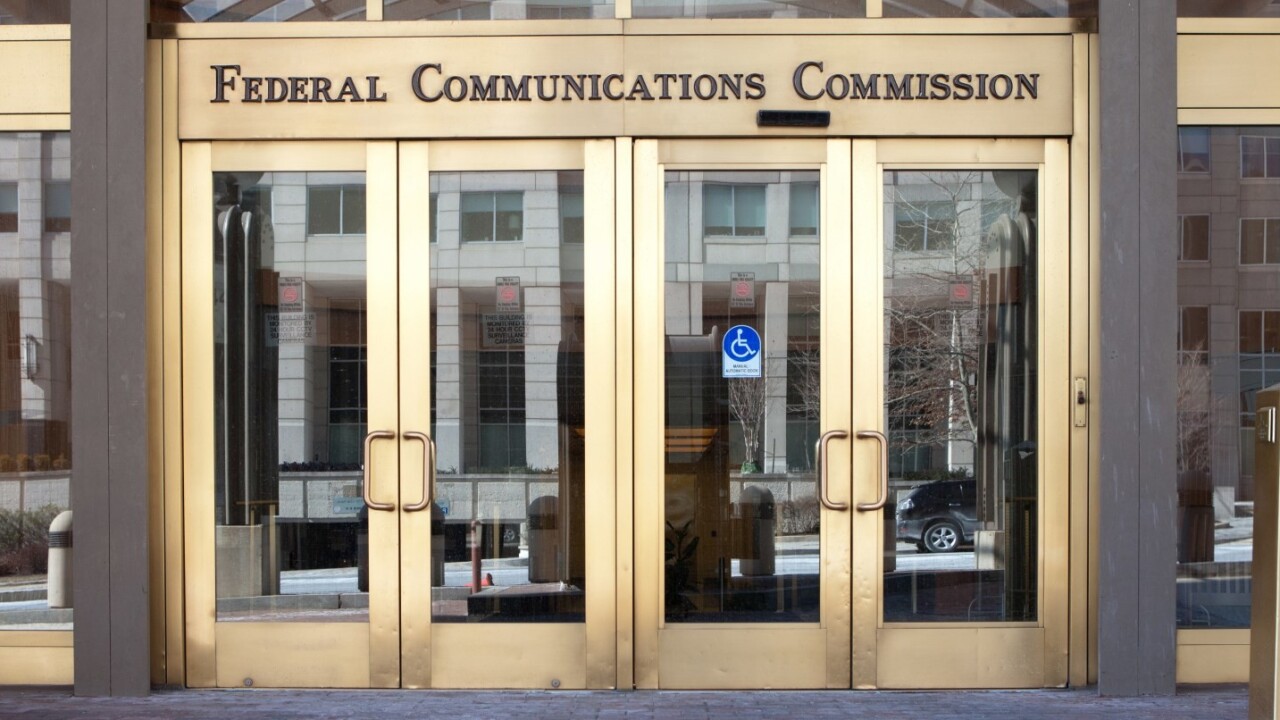
One of the biggest (and largely unspoken) challenges in America has been the deep digital divide between rich and poor families. Households who cannot afford Internet not only miss out on crucial information about the world around them, but it can severely hobble their ability to communicate with others or apply to jobs.
For children, the blow can be worse: as more classrooms are going online, children without easy access to the Web can be easily left behind.
That’s what makes the FCC’s decision to approve a low-income subsidy for broadband Internet so important. The program, reported by the New York Times, offers a $9.25 monthly broadband subsidy for qualifying low-income families. These households include those who are already on the Supplemental Nutrition Assistance Program, or receive tribal or veterans benefits. Money for the fund, which is budgeted at $2.5 billion, will be provided by line-item charges in place on mobile and Internet bills.
It’s also another step in treating Broadband like a utility: this program is an extension of an original effort to provide low-income housing with phones. Additionally, the subsidy moves in the direction already taken by companies like Google, which is rolling out free internet to public housing in Fiber cities.
Measures like these will hopefully begin to reduce the vast digital divide for low-income families.
Get the TNW newsletter
Get the most important tech news in your inbox each week.




